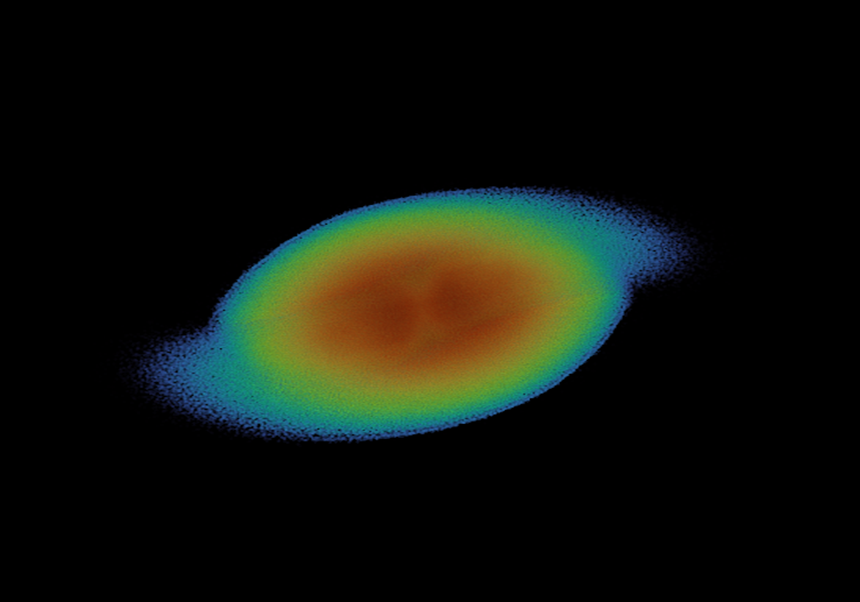
Titol: Gravitational wave models for neutron star merger remnants
Lloc: Seminari del DAA. Edifici Investigació Jeroni Muñoz, planta quarta, a Burjassot.
Dia: dimecres 17 d'abril de 2024.
Hora: 10:00.
Resum:
The detection of gravitational waves emitted by binary neutron star merger remnants depends on robust and efficient data analysis techniques, such as matched filtering methods that rely on faithful post-merger gravitational wave models informed by numerical relativity. In this regard, we present a time-domain model, based on the supervised learning method of K-nearest neighbor regression, for the gravitational waves emitted by equal-mass binary neutron star merger remnants for a single equation-of-state. We construct a large data set ofsimulations,
for a single equation of state in agreement with current constraints, consisting of a total of 157 equal-mass binary neutron star mergers. As a first step toward developing a general model with supervised learning methods that accounts for the dependencies on equation-of-state and total binary mass of the system, we explore the impact of the size of the dataset on the model. For a sequence of binaries with increasing total mass, we consider five training sets of different sizes. We evaluate the faithfulness of the models using a test set of 30 simulations that are not used during the optimization of the models. The model predictions for the test set simulations can achieve maximum faithfulness values in the range of 0.980 to 0.995. We assess the reconstructive ability of our models by injecting the simulation signals from the test to the three-detector network of Advanced LIGO-Virgo.






